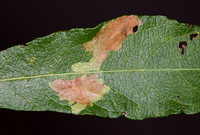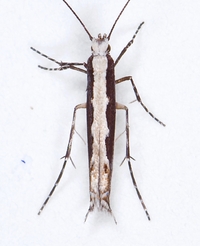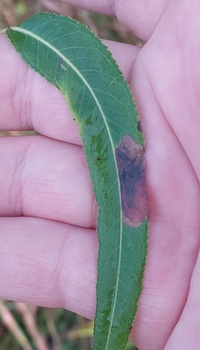
| Recorded by: Mark Basinger on 2025-11-09
Pender Co.
Comment: | 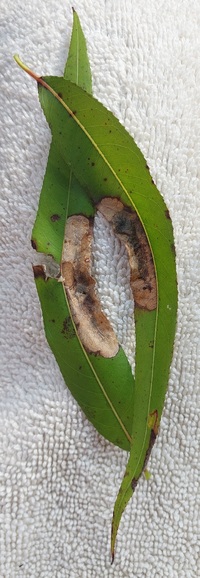
| Recorded by: Mark Basinger on 2025-11-08
Brunswick Co.
Comment: |
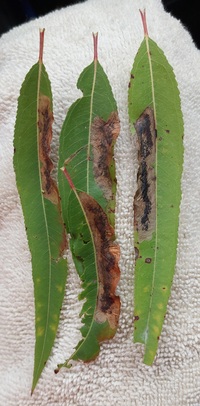
| Recorded by: Mark Basinger on 2025-11-02
Carteret Co.
Comment: | 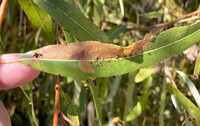
| Recorded by: Dean Furbish on 2025-10-23
Pender Co.
Comment: |

| Recorded by: Mark Basinger on 2025-10-03
Anson Co.
Comment: | 
| Recorded by: Jim Petranka, Marilyn Westphal and Becky Elkin on 2025-08-18
Henderson Co.
Comment: Unoccupied mine was in Salix sericea. |
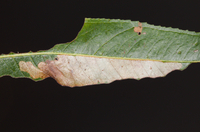
| Recorded by: Jim Petranka, Marilyn Westphal and Becky Elkin on 2025-08-18
Henderson Co.
Comment: Unoccupied mine was in Salix sericea. | 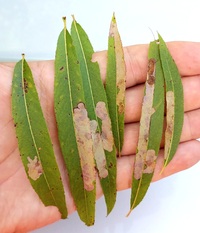
| Recorded by: Mark Basinger on 2025-07-26
Bladen Co.
Comment: |
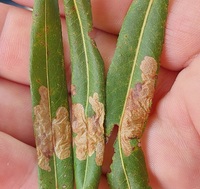
| Recorded by: Mark Basinger on 2025-07-24
New Hanover Co.
Comment: | 
| Recorded by: Mark Basinger on 2025-07-23
Columbus Co.
Comment: On Salix caroliniana; middle leaf is a Stigmella. |

| Recorded by: F. Williams, S. Williams on 2025-06-13
Gates Co.
Comment: | 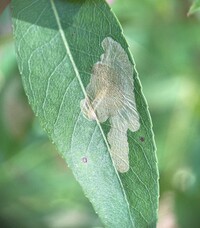
| Recorded by: Dean Furbish on 2025-04-29
Pender Co.
Comment: |
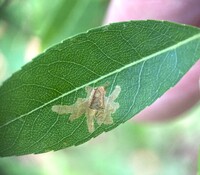
| Recorded by: Dean Furbish on 2025-04-29
Pender Co.
Comment: | 
| Recorded by: Mark Basinger on 2024-08-21
Wilson Co.
Comment: |

| Recorded by: Jeff Niznik on 2024-06-27
Chatham Co.
Comment: | 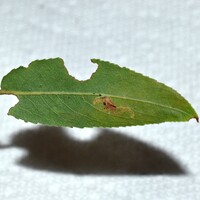
| Recorded by: Jeff Niznik on 2024-06-27
Chatham Co.
Comment: |

| Recorded by: Stephen Dunn on 2024-06-25
Orange Co.
Comment: | 
| Recorded by: Stephen Dunn on 2024-06-25
Orange Co.
Comment: |
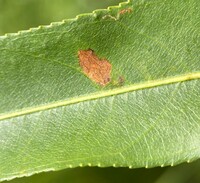
| Recorded by: Dean Furbish on 2023-10-23
Pender Co.
Comment: | 
| Recorded by: Dean Furbish on 2023-10-23
Pender Co.
Comment: |
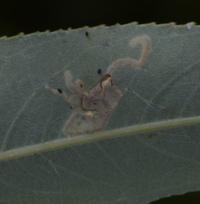
| Recorded by: Stephen Dunn on 2023-08-21
Orange Co.
Comment: | 
| Recorded by: Stephen Dunn on 2023-08-21
Orange Co.
Comment: |
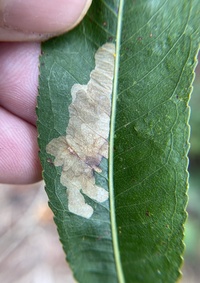
| Recorded by: David George on 2022-09-22
Durham Co.
Comment: | 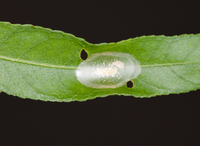
| Recorded by: Jim Petranka and Becky Elkin on 2022-09-06
Madison Co.
Comment: An oval cocoon on the upper surface of a Black Willow. |
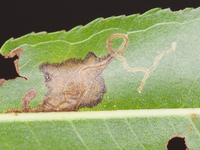
| Recorded by: Jim Petranka and Becky Elkin on 2022-09-06
Madison Co.
Comment: A mine on the underside of Black Willow. | 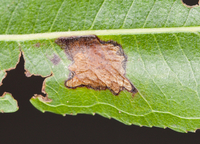
| Recorded by: Jim Petranka and Becky Elkin on 2022-09-06
Madison Co.
Comment: A view of the upper surface of a Black Willow with a mine. |

| Recorded by: Stephen Dunn on 2022-08-19
Orange Co.
Comment: A cocoon on Salix caroliniana. | 
| Recorded by: Dean Furbish on 2022-07-04
Wake Co.
Comment: |

| Recorded by: Dean Furbish on 2022-07-04
Wake Co.
Comment: | 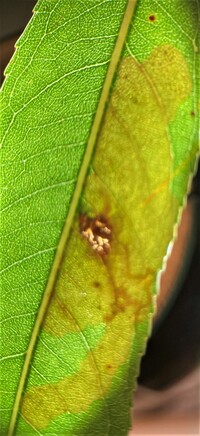
| Recorded by: Dean Furbish on 2022-07-04
Wake Co.
Comment: |
|

 »
»